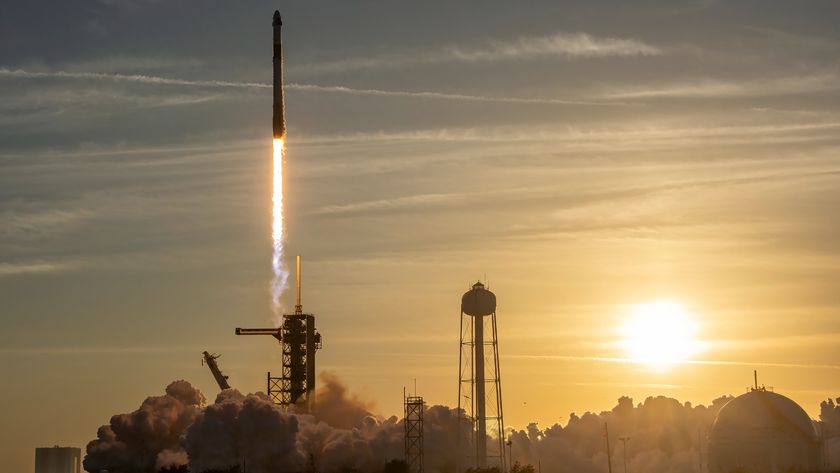Best Stargazing Events of September 2013 (Sky Map Gallery)
New Moon, September 2013
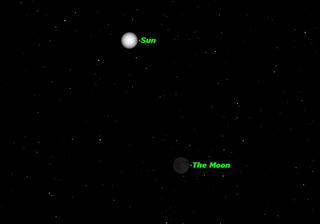
Thu., Sept. 5, 7:36 a.m. EDT. The moon is not visible on the date of New Moon because it is too close to the sun, but can be seen low in the east as a narrow crescent a morning or two before, just before sunrise. It is visible low in the west an evening or two after New Moon.
Venus and the Moon, September 2013
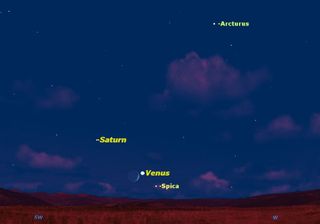
Sun., Sept. 8, sunset. The thin waxing crescent moon passes just south of the bright planet Venus, low in the western sky just after sunset. Spica is to their right and Saturn is to their left.
Mars in the Beehive, September 2013
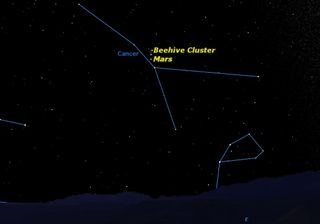
Mon., Sept. 9, before morning twilight. The planet Mars appears against a glittering background of stars as it poses in front of the Beehive star cluster, Messier 44.
Zodiacal Light, September 2013
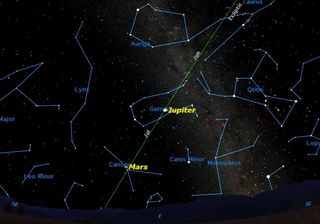
Tue.–Tue., Sept. 3–17, before morning twilight. This faint light reflected from countless pieces of interplanetary material will be visible in dark skies for the next two weeks. It rises in a conical shape along the ecliptic before morning twilight.
First Quarter Moon, September 2013
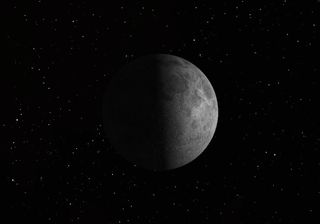
Thu., Sept. 12, 1:08 p.m. EDT. The First Quarter Moon rises around 2:30 p.m. and sets around 12:20 a.m. It dominates the evening sky.
Venus, September 2013
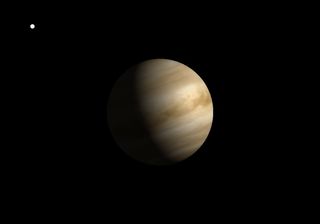
In September 2013, Venus is now a bright “evening star” setting just after the sun.
Full Moon, September 2013
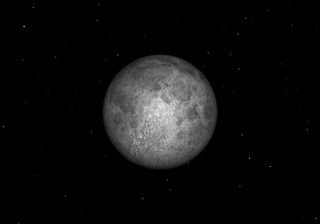
The full moon of September, called the Harvest Moon, occurs on Sept. 19 at 7:13 a.m. EDT.
Get the Space.com Newsletter
Breaking space news, the latest updates on rocket launches, skywatching events and more!
Jupiter, September 2013
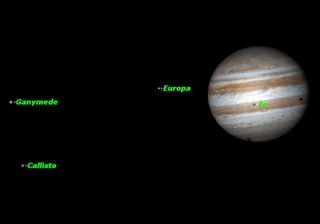
In September 2013, Jupiter is the brightest object in the morning sky all month. It is located in Gemini.
Saturn and Venus, September 2013
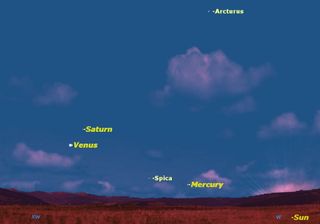
Thu., Sept. 19, just after sunset. Saturn and Venus will be in conjunction, best seen shortly after sunset. Spica and Mercury will probably be lost in twilight for northern observers, but will be better placed in the southern hemisphere.
Equinox, September 2013
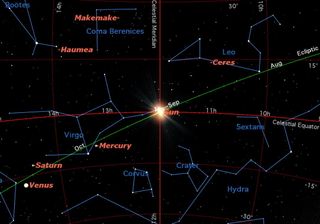
Sun., Sept. 22, 4:44 p.m. EDT. The sun crosses the celestial equator moving from north to south, heralding the beginning of autumn in the northern hemisphere.
Mercury and Spica, September 2013
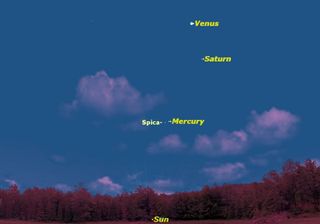
Wed., Sept. 25, just after sunset. Observers in the southern hemisphere will see Mercury pass close to the bright star Spica about half an hour after sunset. Venus and Saturn ride high above them.
Join our Space Forums to keep talking space on the latest missions, night sky and more! And if you have a news tip, correction or comment, let us know at: community@space.com.

Space.com is the premier source of space exploration, innovation and astronomy news, chronicling (and celebrating) humanity's ongoing expansion across the final frontier. Originally founded in 1999, Space.com is, and always has been, the passion of writers and editors who are space fans and also trained journalists. Our current news team consists of Editor-in-Chief Tariq Malik; Editor Hanneke Weitering, Senior Space Writer Mike Wall; Senior Writer Meghan Bartels; Senior Writer Chelsea Gohd, Senior Writer Tereza Pultarova and Staff Writer Alexander Cox, focusing on e-commerce. Senior Producer Steve Spaleta oversees our space videos, with Diana Whitcroft as our Social Media Editor.




